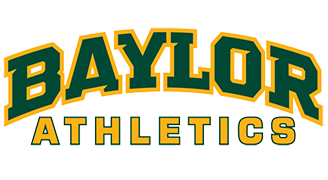Adult Forearm Fractures
The forearm is made up of 2 bones, namely, the radius and ulna. The primary function of your forearm is rotation i.e., the ability to turn your palm up and down. The fracture of the forearm affects the ability to rotate your arm, as well as bend and straighten the wrist and elbow. The breaking of the radius or ulna in the middle of the bone requires a strong force and it is most commonly seen in adults. In most of the cases, both bones are broken during a forearm fracture.
Cause
The forearm bones can break in several ways. The bones can crack slightly or can break into many pieces. Forearm fractures are generally due to automobile accidents; direct blow on the forearm or fall on an outstretched arm during sports, climbing stairs, etc.
Symptoms
The symptoms of a forearm fracture include intense pain in the arm, bruises and swelling. Your fractured forearm may appear bent and shorter compared to your other arm. You may experience numbness or weakness in the fingers and wrist. You may be unable to rotate your arm. Sometimes, a broken bone sticks out through the skin or the wound penetrates down to the broken bone.
Diagnosis
Your doctor may conduct a physical examination and record your medical history initially. Your doctor may feel your arm thoroughly to determine tenderness. You may be asked to get an X-ray done to determine displaced or broken bones.
Treatment
Usually people with forearm fractures are immediately rushed to the emergency room for treatment. Treatment of forearm fractures aims at putting back the broken bones into position and preventing them from moving out of place until they are completely healed.
Nonsurgical Treatment
In case only one bone is broken and is not out of place, your doctor might treat it with a cast or brace and provide a sling to keep your arm in position. Your doctor will closely monitor the healing of the fracture. If the fracture shifts in position, you may be advised to undergo surgery to fix the bones back together.
Surgical Treatment
When both forearm bones are broken, surgery is usually required. During surgery, the cuts from the injury will be cleaned and the bone fragments are repositioned into their normal alignment. They are held together with screws and metal plates attached to the outer surface of the bone. The incision is sutured firmly and a sling is provided to facilitate healing.


 Don't think you'll find a better
combination of physician and support staff! They are all very professional!
Don't think you'll find a better
combination of physician and support staff! They are all very professional! 

